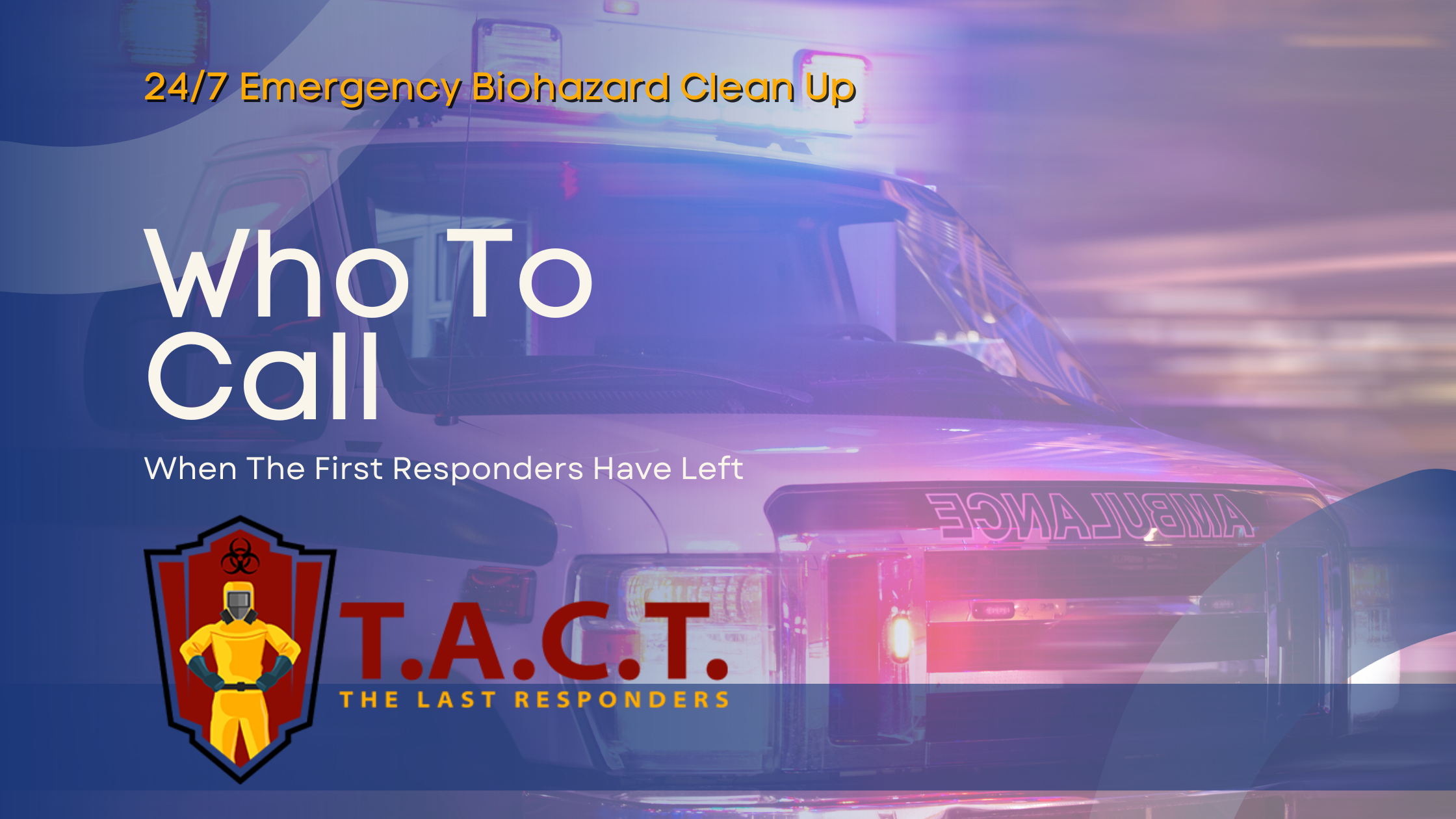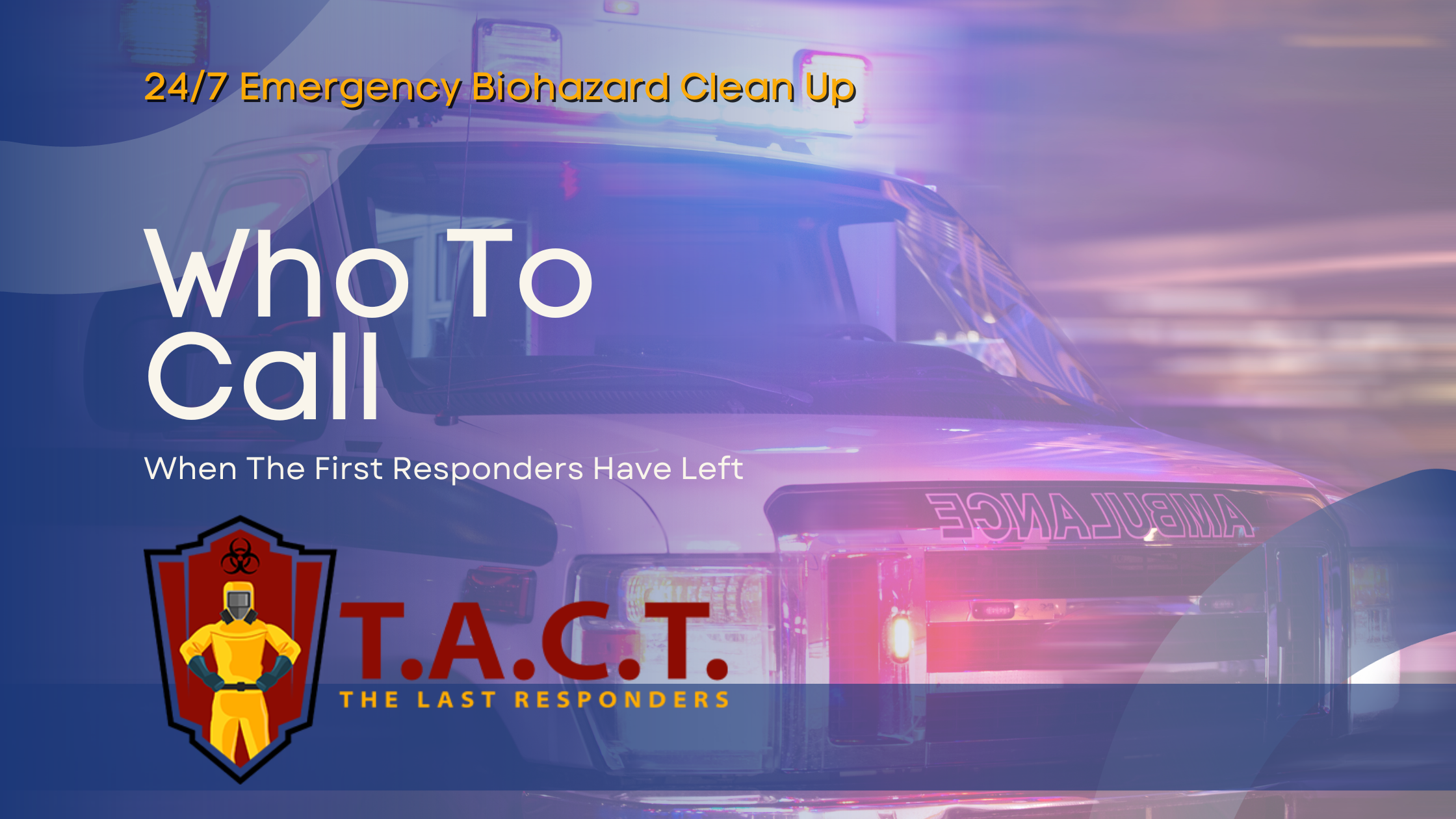Top tips on how to clean up feces
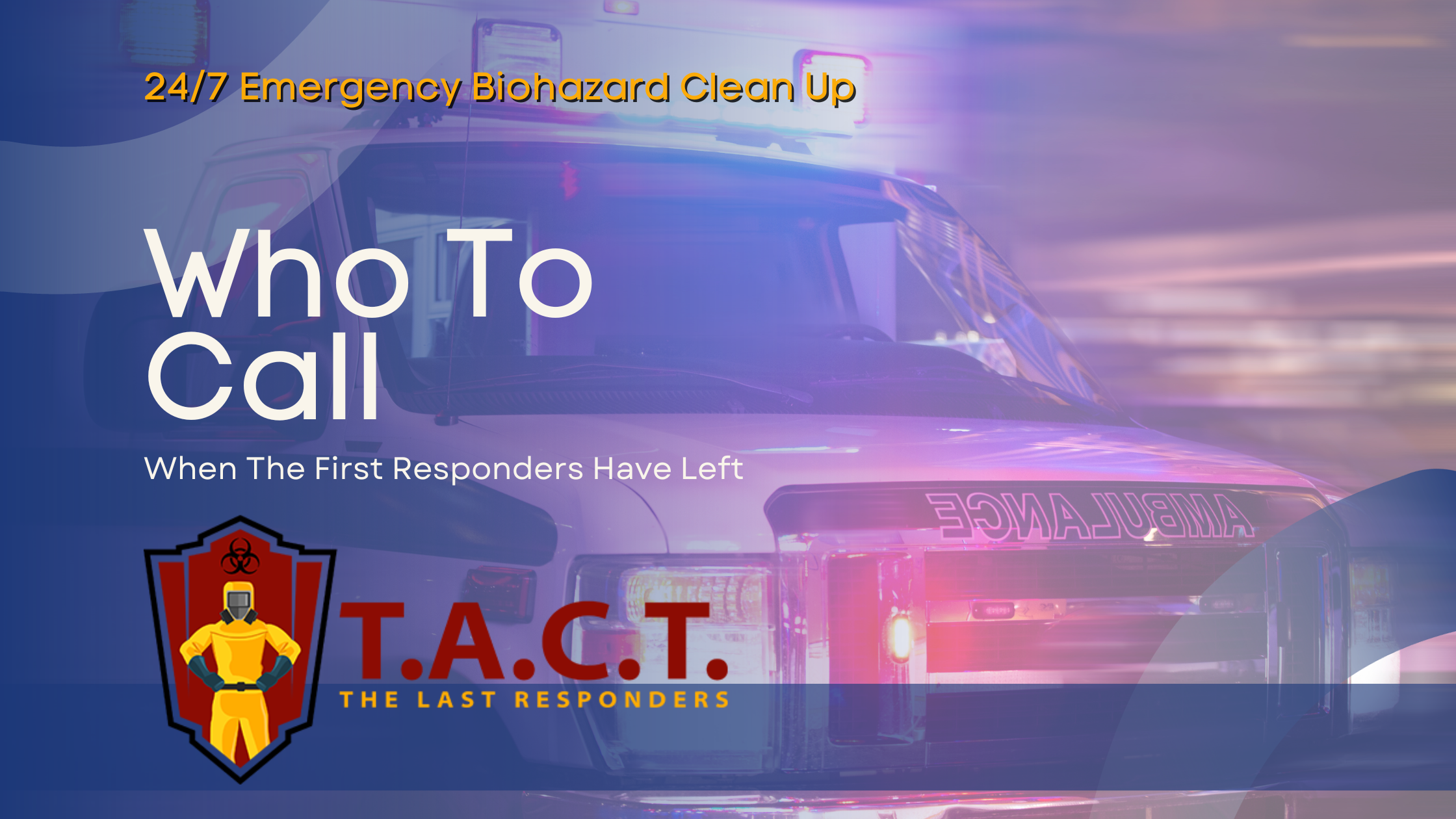
Top Tips on How to Clean Up Feces Effectively and Safely
Cleaning up feces can be risky without proper precautions. This guide on how to clean up feces will help you do it safely and effectively, covering everything from gear to thorough cleaning techniques.
Key Takeaways
Effective feces cleanup requires proper personal protective equipment (PPE) such as rubber gloves, boots, and coveralls to safeguard against infections.
Thorough cleaning involves multiple steps: initial removal of solid waste, washing with warm soapy water, and disinfecting surfaces with appropriate solutions.
Preventing future fecal contamination can be achieved through a regular cleaning schedule, educating individuals on hygiene practices, and responsibly disposing of waste.
Safety First: Personal Protective Equipment (PPE)

When cleaning up feces, prioritize safety by using proper personal protective equipment (PPE). This equipment serves as a barrier against harmful organisms, significantly reducing the risk of infection.
Essential PPE items include:
Rubber gloves: prevent direct contact with feces, helping to avoid the spread of germs. Ensure that the gloves are waterproof, as cloth or fabric gloves do not provide adequate protection.
Rubber boots: keep your feet safe from contamination.
Liquid-repellent coveralls: protect your clothing from becoming soiled.
After the clean-up, dispose of contaminated PPE safely by placing used gloves and other disposable items in a sealed bag. This step protects you and ensures the safety of others who might come into contact with the waste.
Initial Clean-Up Steps
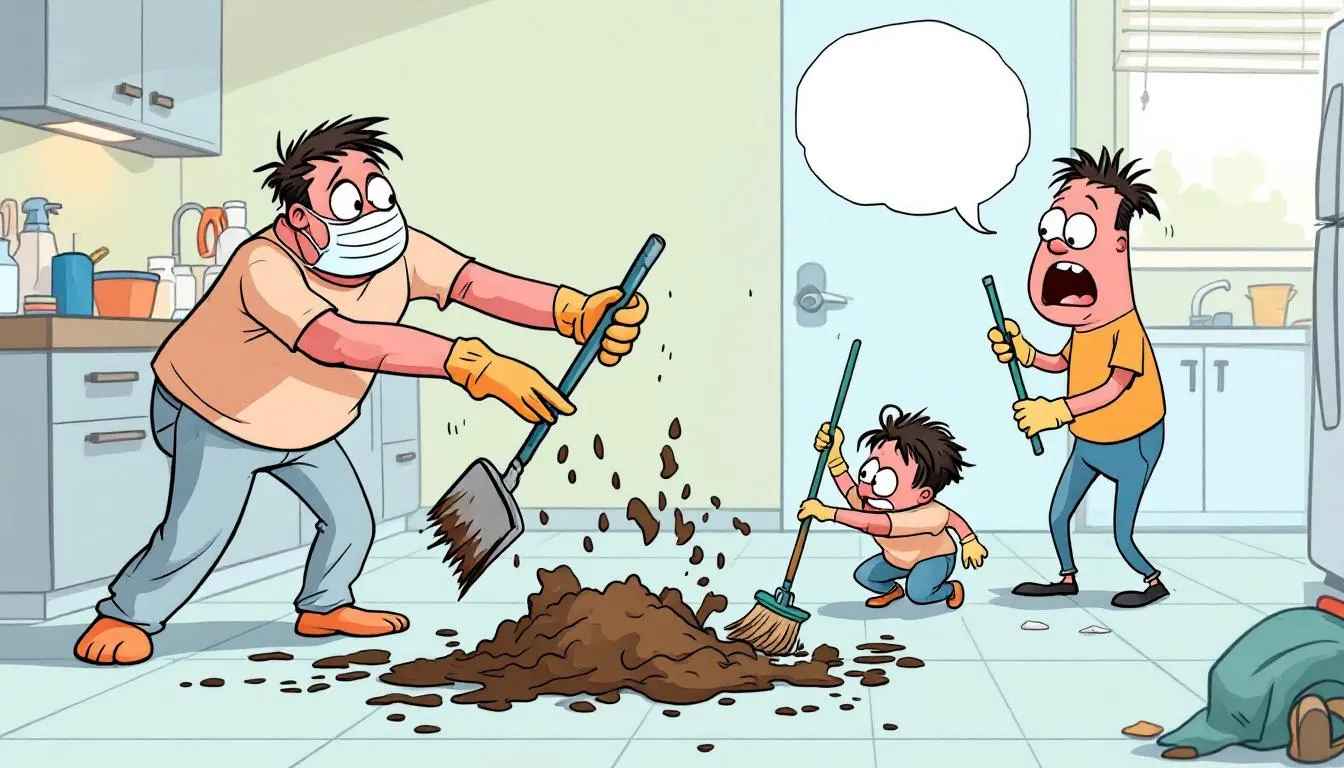
Before starting, ensure you are wearing gloves to prevent the spread of germs. Beginning by collecting any solid waste and placing it into a disposable bag. This step reduces the overall mess and prepares the area for thorough cleaning, including any garbage.
Focus on the least contaminated areas first to prevent the spread of germs and make the process more manageable. Use paper towels or disposable cloths to remove as much solid waste as possible before you continue to the next steps. Follow the instructions carefully.
After removing the bulk of the waste, prepare the area for washing and disinfecting to ensure the cleaning process eliminates all pathogens.
Washing and Disinfecting Hard Surfaces
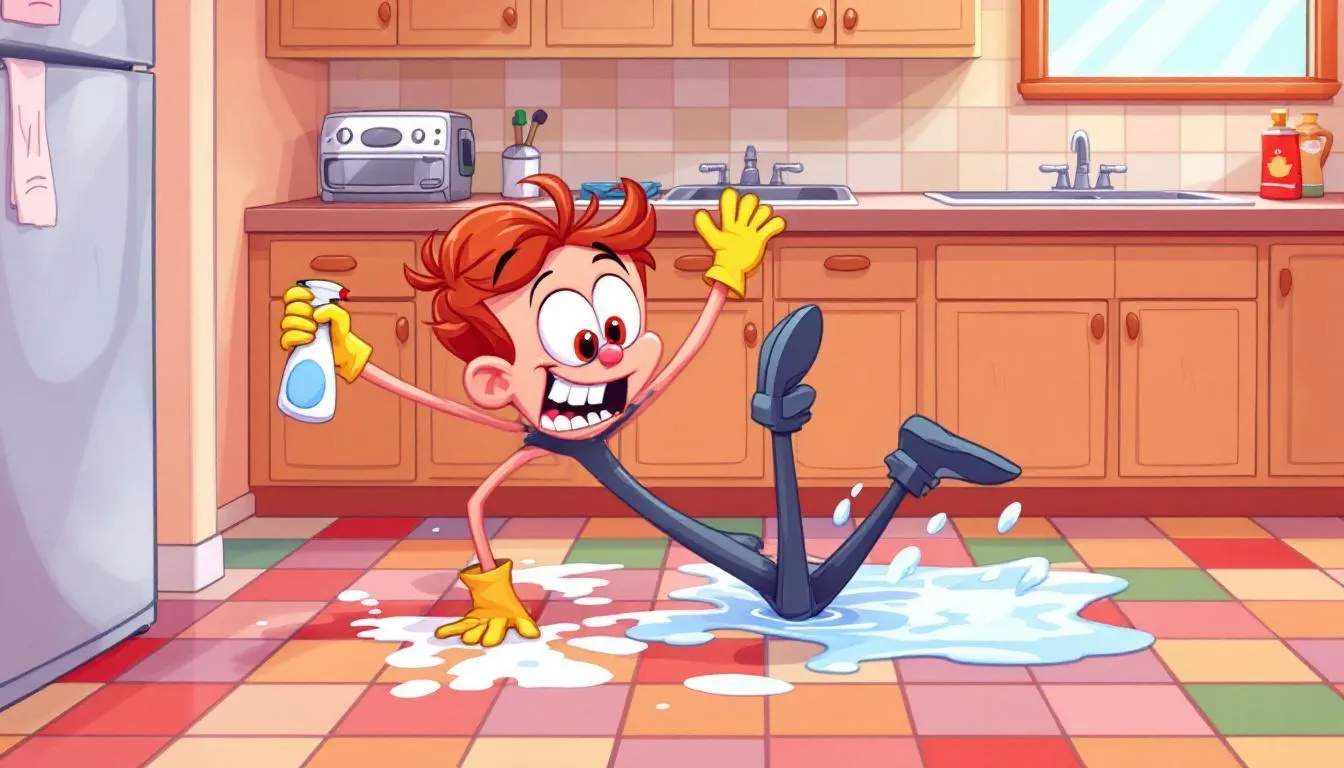
Proper washing and disinfecting of hard surfaces are essential for eliminating harmful pathogens. Start by washing the soiled area with warm sudsy water, which helps to remove feces and other contaminants. Wear rubber gloves to protect your hands.
Rinse the area thoroughly with clear water after washing to remove any soap residue, which can interfere with the effectiveness of disinfectants.
Disinfect the surfaces with a bleach solution or an EPA-approved disinfectant, keeping the surface wet for at least five minutes to ensure effective disinfection.
Cleaning Soft Surfaces and Textiles
Soft surfaces and textiles require a different approach for effective cleaning. Pre-treat stains with a detergent paste or commercial stain remover to break down the feces and facilitate easier removal during washing.
Soak the fabric in hot water. Use sodium perborate bleach and let it sit for at least 30 minutes. This soaking process ensures thorough stain removal and helps to disinfect the fabric. Chlorine bleach can be used as an alternative to sodium perborate bleach if it is safe for the fabric.
After laundering, inspect the fabric for residual stains. Further treatment may be necessary if stains remain. For robust materials, natural cleaning alternatives like vinegar and baking soda can be useful in addressing feces stains. These steps ensure that your soft surfaces and textiles are thoroughly cleaned and disinfected.
Proper Disposal Methods
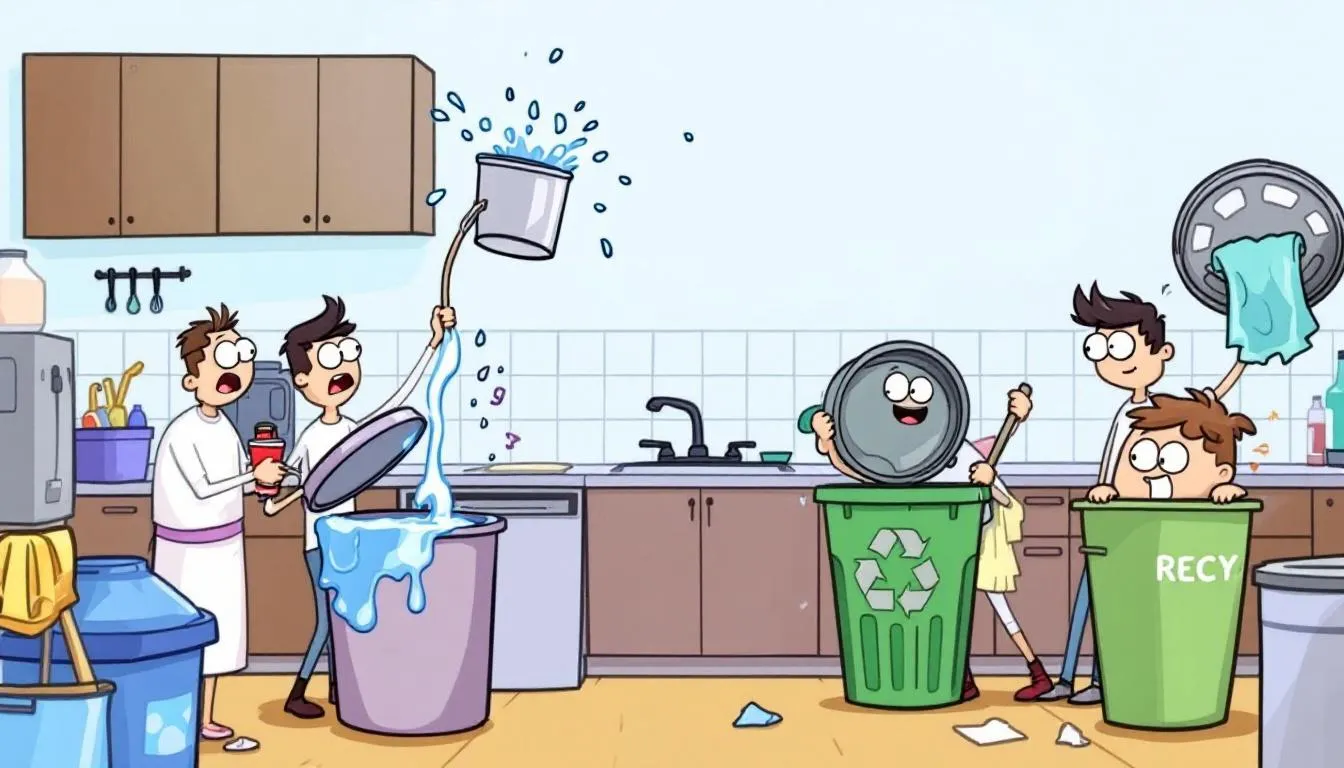
Proper disposal of contaminated materials is vital for maintaining hygiene and preventing pollution. Place all contaminated items, such as gloves and paper towels, in a sealed disposable bag to contain harmful microorganisms and prevent contamination spread.
Using designated receptacles for waste disposal helps prevent environmental pollution. Follow local health regulations when disposing of feces, whether in a toilet or a sealed bag. Porta-potties can also be used for contaminated feces disposal.
After removing gloves and other protective gear, wash your hands with soap and water immediately to remove any germs that may have come into contact with your skin, ensuring hygiene and safety. The gloves should be removed to maintain proper hygiene.
Drying and Finishing Touches
After completing the cleaning process, ensure surfaces are properly dried and finished. For wood surfaces, follow these steps:
Gently scrape off any remaining solids
Wash with soapy water
Rinse
Air dry thoroughly to prevent moisture-related damage
Consider applying a coat of wax to wood surfaces after cleaning to enhance appearance and provide an additional layer of protection. Ensuring that all surfaces are dry and properly treated helps to prevent future incidents and maintain a clean environment.
Handling Animal Feces
Handling animal feces requires careful sanitation. Spray the feces with a disinfectant or bleach solution and let it soak for about five minutes to ensure thorough sanitization.
After soaking, follow these steps:
Use disposable paper towels to wipe up the feces and disinfectant.
Dispose of the used towels in a sealed bag.
For hard surfaces, mop the area with a disinfectant after feces removal to ensure thorough sanitation.
For porous surfaces like carpets or upholstery, use a steam cleaner with a commercial-grade disinfectant to ensure feces and associated pathogens are thoroughly eliminated, maintaining a clean and safe environment.
Preventing Future Incidents
Preventing future fecal contamination is as important as cleaning up after incidents. Establishing a regular cleaning schedule helps minimize the risk of contamination in living spaces, significantly reducing the likelihood of future incidents.
Educating individuals about the risks of improper waste disposal promotes better hygiene practices. Maintaining good hygiene, such as thorough hand washing, reduces the spread of germs from fecal matter. Utilizing biodegradable products can also minimize environmental impact when cleaning up after fecal incidents.
Regular inspections for waste and implementing ‘pack it in, pack it out’ policies significantly reduce common litter and glass contamination information, which leave these practices recommended for contributing to a cleaner, safer environment for people and everyone. Additionally, the use of plastic can be minimized through these ways, and people should throw away waste responsibly. This work is essential for maintaining a sustainable community.
Summary
In summary, cleaning up feces effectively and safely requires careful attention to each step of the process. From wearing proper PPE to ensure personal safety to following thorough cleaning and disinfecting procedures, each phase is crucial for maintaining hygiene. Proper disposal methods and drying techniques further enhance the effectiveness of your clean-up efforts.
By following these guidelines, you can handle feces clean-up with confidence and prevent future incidents. Remember, maintaining a regular cleaning schedule and promoting good hygiene practices are key to ensuring a clean and safe environment for everyone.
Frequently Asked Questions
Why is wearing personal protective equipment (PPE) important during feces clean-up?
Wearing personal protective equipment (PPE) during feces clean-up is crucial to safeguard against harmful organisms and to prevent the spread of germs. This practice ensures both personal health and public safety.
What are the initial steps in the feces clean-up process?
The initial steps in the feces clean-up process involve wearing gloves, collecting solid waste in a disposable bag, and starting with the least contaminated areas. This approach helps ensure safety and prevents further contamination.
How do I disinfect hard surfaces after cleaning feces?
To effectively disinfect hard surfaces after cleaning feces, first wash the area with warm soapy water, rinse with clear water, and then apply a bleach solution, ensuring the surface remains wet for at least five minutes. This thorough approach will help eliminate any remaining pathogens.
What is the proper way to dispose of contaminated materials?
The proper way to dispose of contaminated materials is to place them in a sealed disposable bag and use designated receptacles to prevent pollution. This ensures safety and compliance with environmental regulations.
How can future fecal contamination incidents be prevented?
To prevent future fecal contamination incidents, it is essential to implement a regular cleaning schedule, educate individuals on proper waste disposal techniques, and promote the use of biodegradable products. These measures will significantly enhance sanitation and hygiene.
Latest news

Nosy neighbors peeking? T.A.C.T. North Atlanta offers discreet biohazard remediation for rodent infestations, mold, hoarding, and more. Unmarked vehicles, quiet experts, full privacy—24/7 service at 470-781-4775.
Read More
